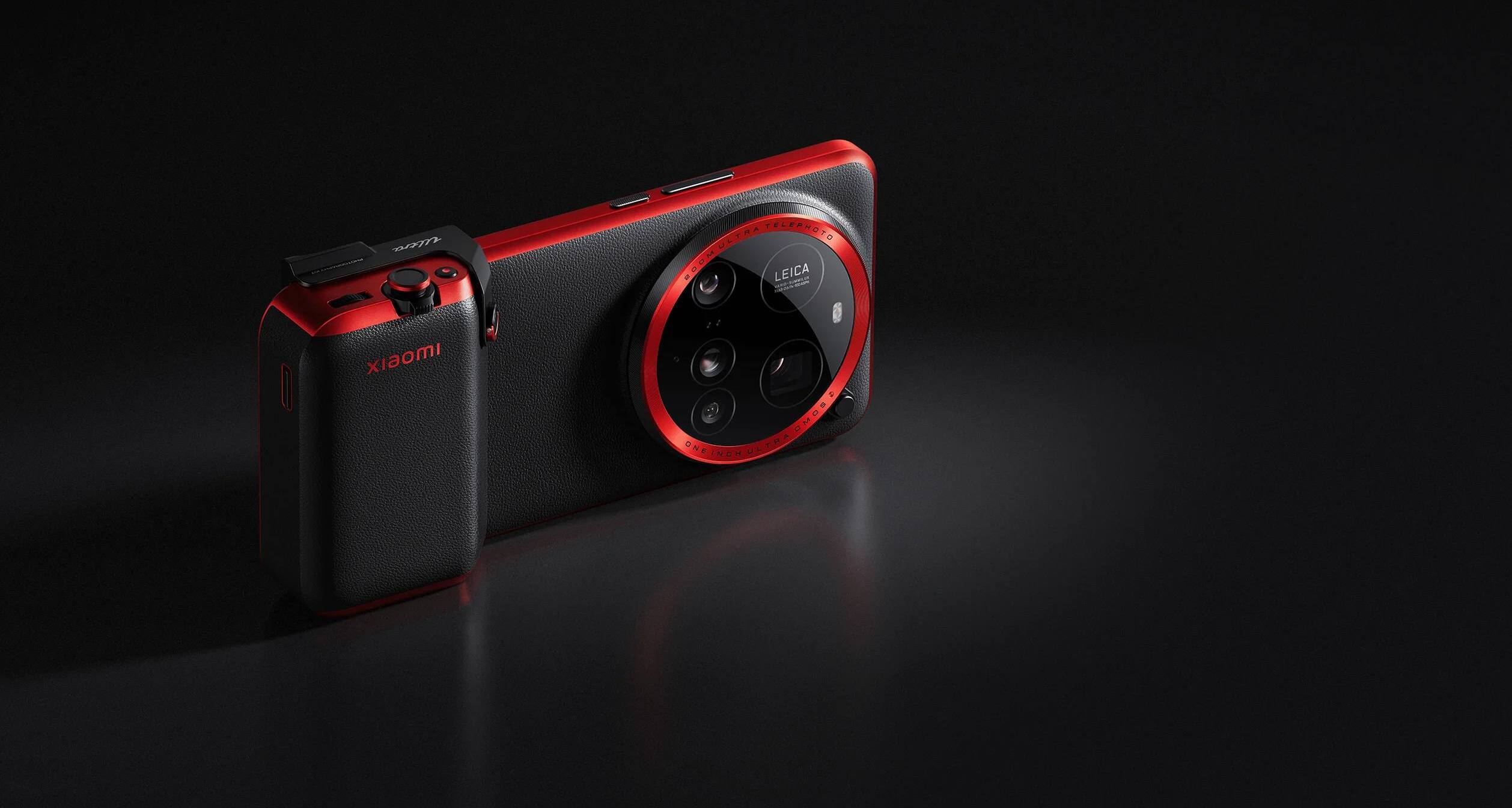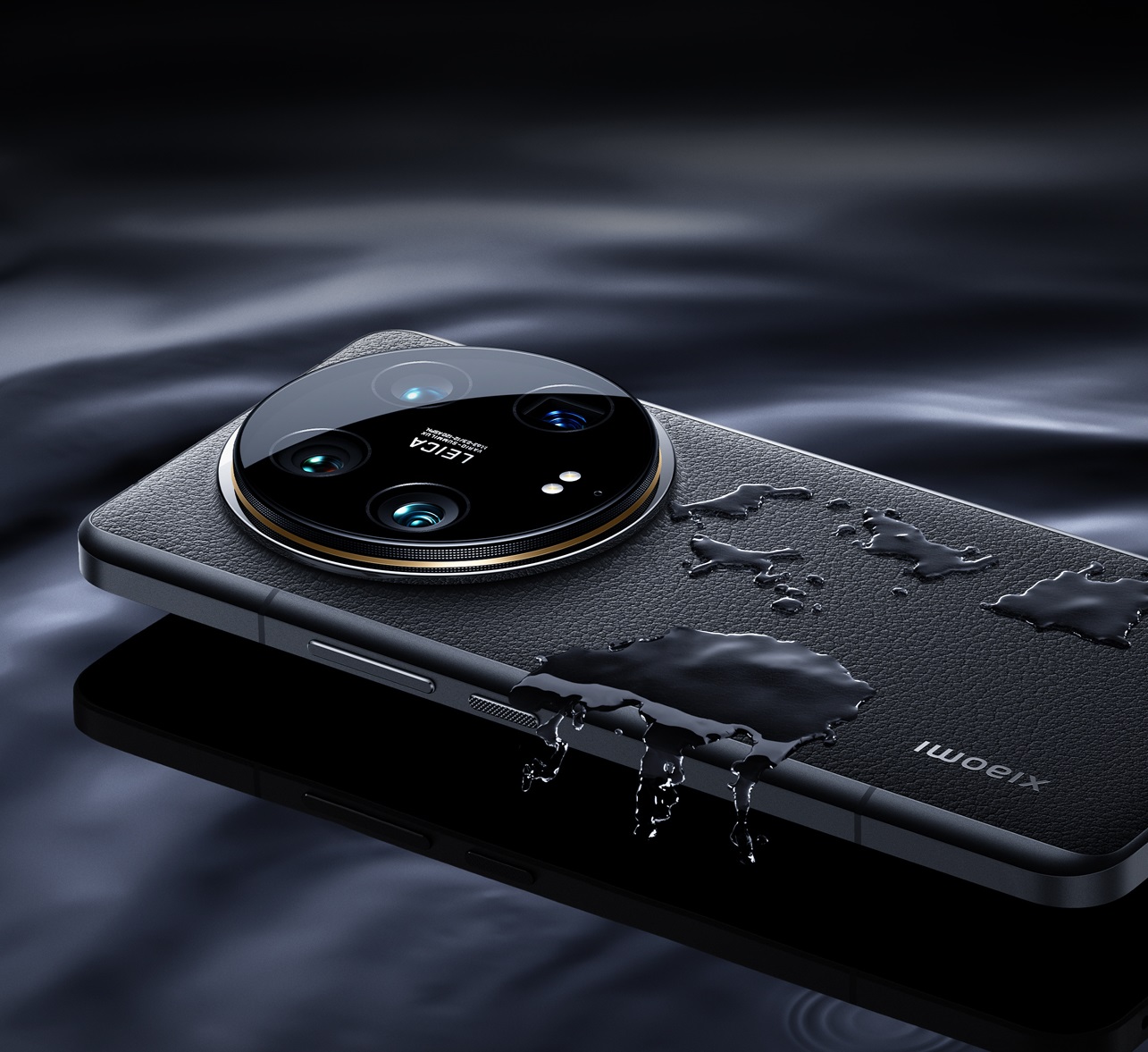Xiaomi 15 Ultra: The professional camera hidden inside a phone

In a market where manufacturers repeat the phrase "the best camera in a phone" like a mantra, the Xiaomi 15 Ultra proposes something bolder: it doesn't just want to stand out, it wants to redefine the limits of mobile photography.
And it does so with an alliance that is as strategic as it is effective: Sony sensors, Leica optics, and a hardware and software implementation by Xiaomi that is surprising in both its ambition and results.
I had the opportunity to test it for several days. I'm not a professional photographer, but I know when a device delivers more than just numbers or promises.

Xiaomi 15 Ultra Photo: Xiaomi
In this case, we're not talking about a good phone with a good camera. We're looking at a device that competes directly with dedicated cameras, offering complete control for those who want to create , and also simplifying the experience for those who just want to press a button and get a great photo.
A camera system that defies categories The first thing that stands out about the Xiaomi 15 Ultra is its rear camera module. Not just because of its size or design—although that's also true—but because of what it represents in technical terms. The device incorporates four independent cameras, all with large sensors, their own optics, and clearly differentiated functions.
The main sensor is a one-inch Sony LYT-900, with 50 megapixels and 1.6-micron pixels, which can reach 3.2 microns in low-light conditions thanks to 4-in-1 grouping . This type of sensor, common in professional cameras, makes a real difference: it captures more light, more detail and more texture in adverse situations, such as interiors or night scenes.

Xiaomi 15 Ultra Photo: Xiaomi
These are complemented by three equally powerful modules: a 50MP ultra-wide-angle lens with macro capability (focusing at 5cm), a 3.2x 50MP telephoto lens with a floating lens (perfect for portraits or mid-range shots), and a 200MP periscope camera with 4.3x optical zoom, which, thanks to its resolution, can deliver quality cropping even at 10x or more. With this setup, the device covers equivalent focal lengths between 14 and 200mm, without any forced steps or abrupt loss of quality.
What's interesting isn't just the number of lenses, but Xiaomi's decision to equip each one with real sensors, not bulky ones. There are no decorative cameras here. Each module has its own purpose and fulfills it remarkably.
| Feature | Detail |
|---|---|
| Main sensor | Sony LYT-900, 1", 50 MP, f/1.63, 1.6 µm (up to 3.2 µm with binning) |
| Ultra wide angle | 50 MP, 14 mm, f/2.2, 115° field of view, 5 cm macro focus |
| Intermediate telephoto lens | 50 MP, 3.2x (70 mm), f/1.8, floating lens, minimum focus 10 cm |
| Periscopic telephoto lens | 200 MP, 4.3x (100mm), f/2.6, digital zoom up to 120x |
| Effective zoom range | From 14 mm to 200 mm with sustained quality |
| Optical signature | Leica Summilux lenses with anti-reflective coatings |
| Photographic modes | Pro, RAW, Documentary, Macro, HDR, Panoramic, Supermoon, Presets |
| Video modes | 8K, 4K at 30/60/120 fps, LOG 10-bit, Dolby Vision HDR, slow motion up to 1920 fps |
| File formats | JPG, HEIC, RAW (10 and 16 bit), DNG, optimized export options |
| AI Functions | Resolution enhancement, image expansion, object and reflection removal |
| Stabilization | OIS on main and telephoto cameras, EIS on video |
| Camera app | Leica interface with lens simulation, custom settings, instant shooting |
| Photographic accessory | Optional grip with physical button, zoom control, battery and filter holder |
Using a one-inch sensor in a phone isn't just another technical detail. It's a qualitative leap. Larger sensors capture more light, which translates into cleaner, sharper images with better dynamic range. On the Xiaomi 15 Ultra, this is especially noticeable in nighttime or high-contrast scenes, where the camera manages to preserve detail in both highlights and shadows.
The main lens has an aperture of f/1.63, and the camera is manufactured by Leica under its Summilux line, which guarantees high-transmission, low-distortion lenses. In real-world testing, the main sensor's performance is so high that it even allows shooting in automatic mode with results close to those of a semi-professional camera.
Leica, more than a brand: a photographic criterion The collaboration with Leica goes beyond branding. Leica participated in the optical design of the lenses, color calibration, and the creation of visual profiles that truly enhance the experience. Users can choose between two image styles: Leica Authentic, more true-to-life, and Leica Vibrant, with a more modern touch of saturation. Both are consistent and avoid the typical algorithmic exaggerations that plague many mobile cameras.
More news:eltiempo




